Selection of the most interesting space news for the week: Google lost USD 100 billion due to the issue of James Webb; the Tesla Roadster electric car travels through the Solar System; and we tell whether earthquakes threaten Ukraine.
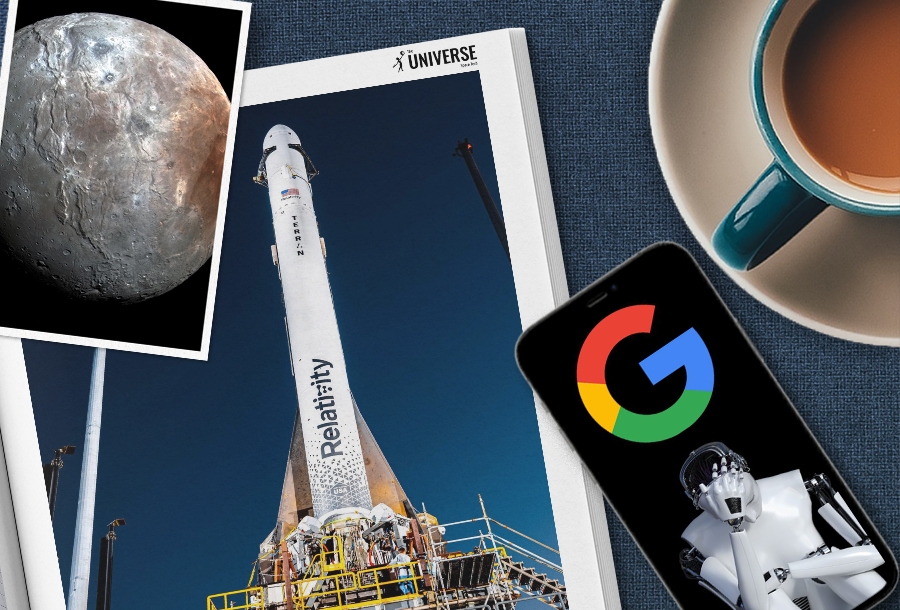
“That which can be asserted without evidence, can be dismissed without evidence.”
― Christopher Hitchens
Google lost USD 100 billion over the James Webb issue
The Bard chatbot, created by the Bard Corporation, attributed a discovery to the James Webb Space Telescope that it did not make. During this time, the market value of the company on the stock exchanges decreased by USD 100 billion.
We are talking about the Bard chatbot, which Google has developed and is now actively promoting. The question it couldn’t handle perfectly looked like this: “What new discoveries of the James Webb Space Telescope can I tell a 9-year-old child about?” The Bard’s answer was partly correct. It is true that it named the “green pea” galaxies and star systems 13 billion years old as an example. But then it was attributed to James Webb obtaining the first ever images of exoplanets, and this was incorrect.
Industry observers worry that Google is rapidly losing trust amid the success of rival bot developer OpenAI, a startup that actively supports the search giant Microsoft. It was they who, back in November 2022, released the ChatGPT artificial intelligence, which can create very natural texts and even writes in different styles. However, it also regularly makes mistakes concerning simple scientific issues.
Russian military satellite destroys in orbit
On January 4, 2023, the Russian satellite Kosmos-2499 was destroyed in near-Earth orbit. This was reported by the 18th Space Control Squadron of the US Air Force. As a result of the incident, at least 85 pieces of debris were formed. Kosmos-2499 was launched in May 2014. It was launched into orbit by a Rokot rocket along with three Russian communications satellites. At the same time, Russia has not officially announced the launch of the fourth spacecraft into orbit as part of this launch.
Terran 1 rocket, printed on a 3D printer, is installed on the launch pad
The Terran 1 rocket from Relativity Space is fully assembled and installed on the launch pad before the debut mission. The peculiarity of the two-stage 33-meter Terran 1 is that 85% of its design was printed on a 3D printer. Currently, the rocket is undergoing final ground tests before flight. If these tests go according to plan, the rocket will take off this month from the Cape Canaveral Space Force Station.
Scientists explain the nature of Charon’s giant canyons
A team of astronomers from the Southwest Research Institute (SwRI) has published the results of a study aimed at determining the origin of the system of giant canyons on the surface of Charon. In 2015, the New Horizons probe made a flyby of Pluto. Its images of the dwarf planet amazed both scientists and the general public. But in addition to Pluto, the probe also photographed its moons, including Charon. The images showed a very unusual picture. It turns out that Charon has a huge canyon system that stretches along its equator. Its total length is at least 1000 km, and its depth reaches 9 km, which allows it to compete with the famous Valles Marineris on Mars and ledges on Miranda. New Horizons also revealed signs of past cryovolcanic activity on Charon. Scientists came to the conclusion that they were formed as a result of freezing of the subsurface ocean of the moon.
Wormholes can magnify light 100 thousand times
A small group of astrophysicists associated with several Chinese scientific institutions came to the conclusion that if wormholes were real, they could magnify light by 100,000 times. Wormholes are hypothetical “tunnels” in space-time connecting different regions of the Universe. Some astrophysicists believe that wormholes can be used to travel faster than the speed of light, or to send messages.
Photo of the week
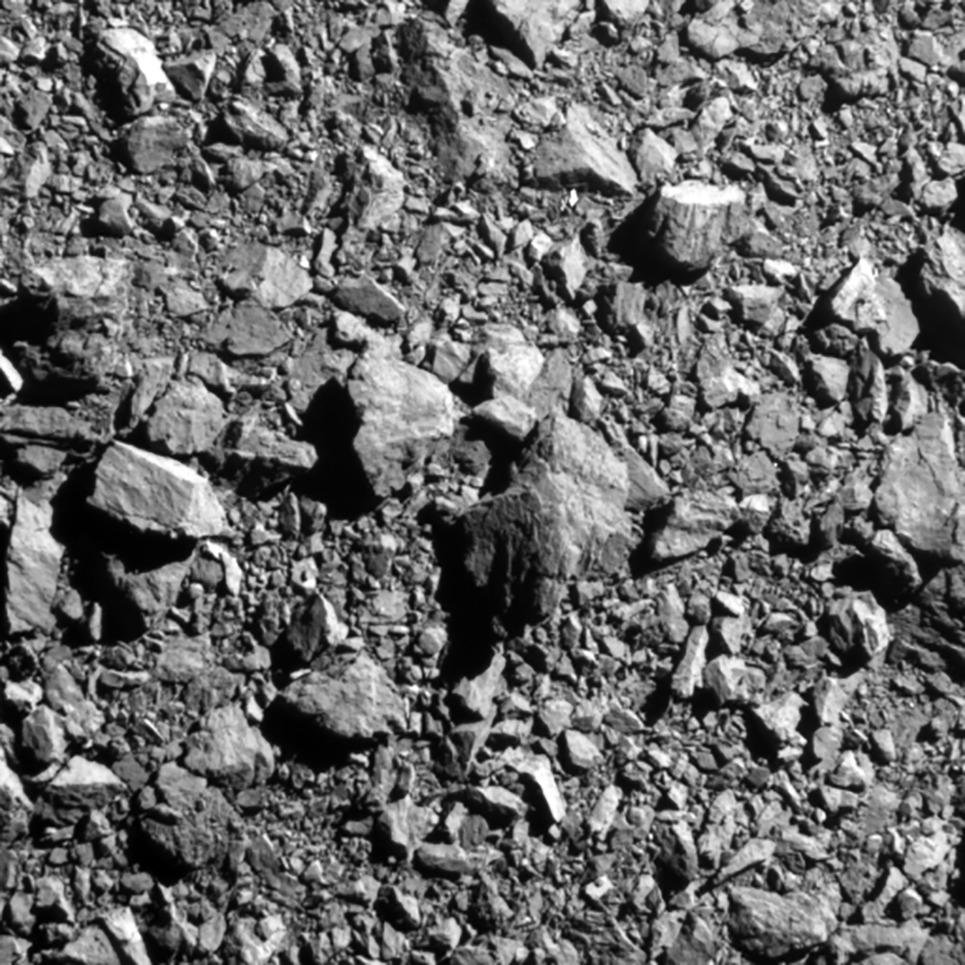

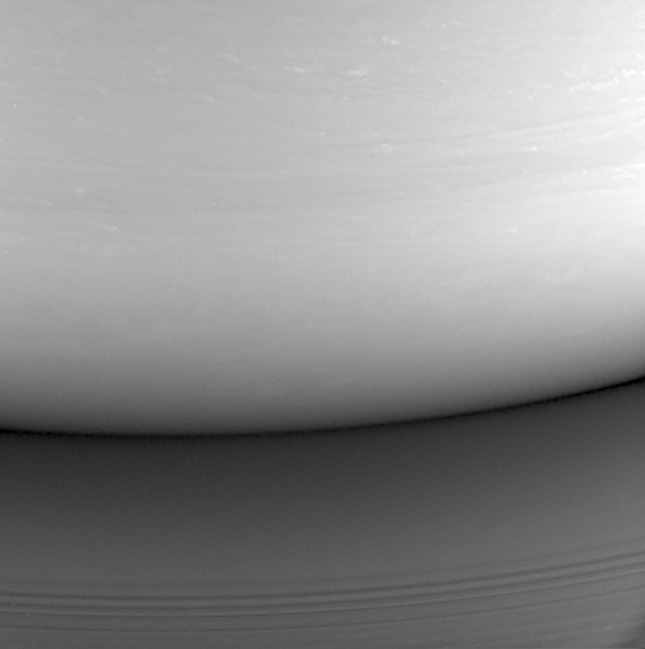
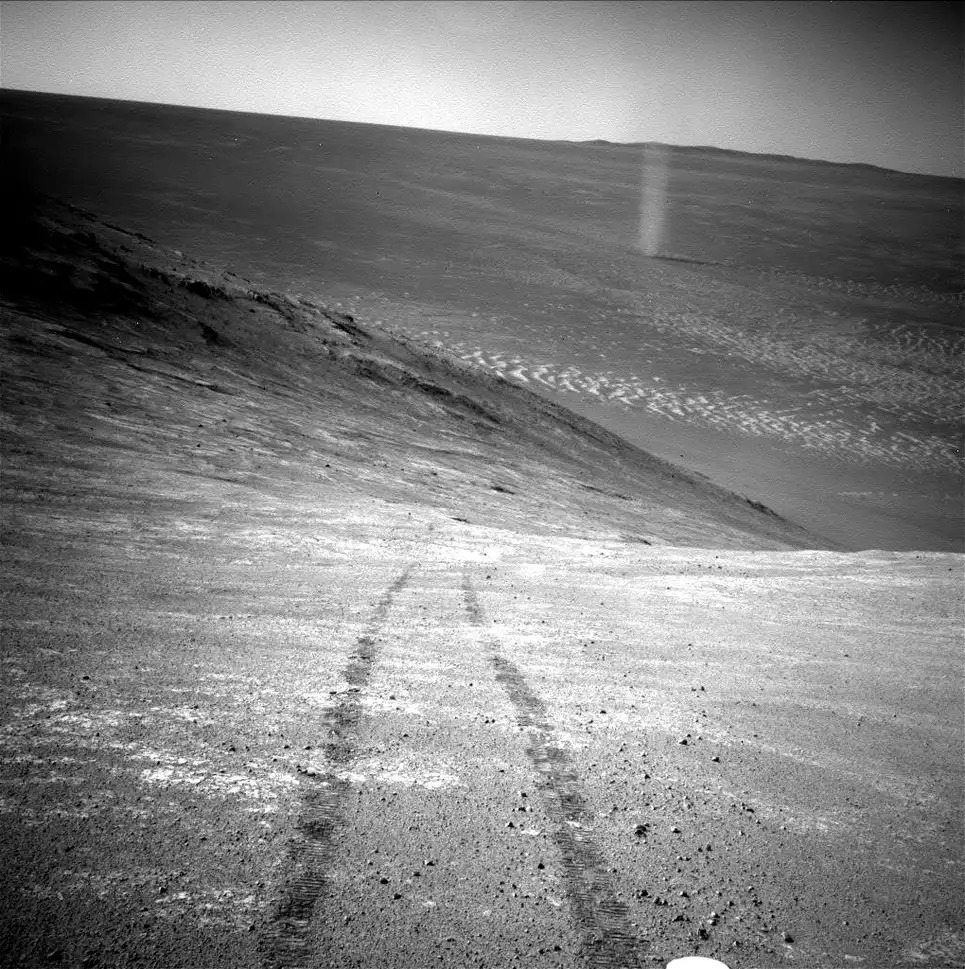
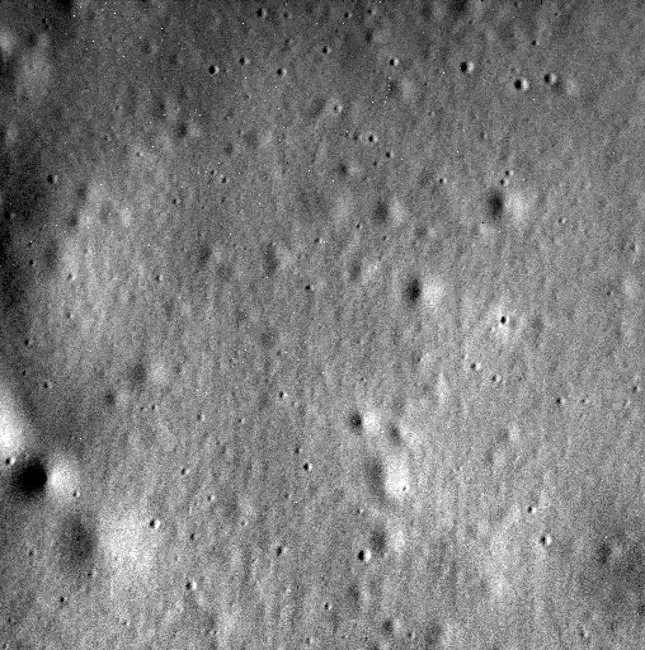
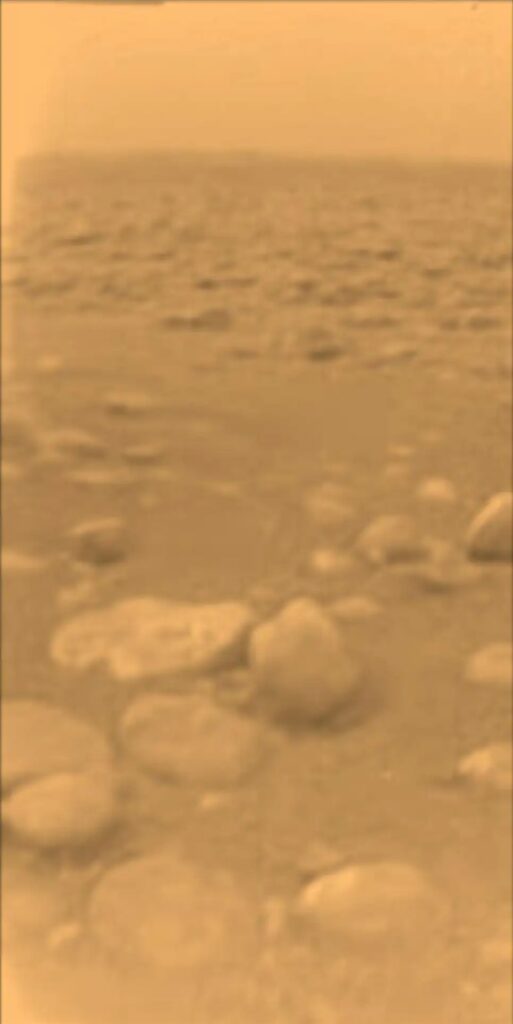
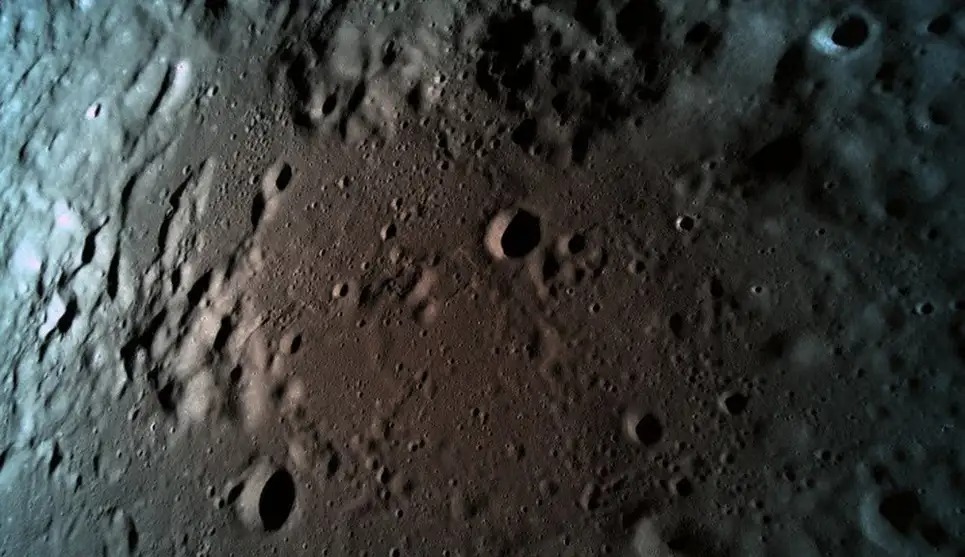
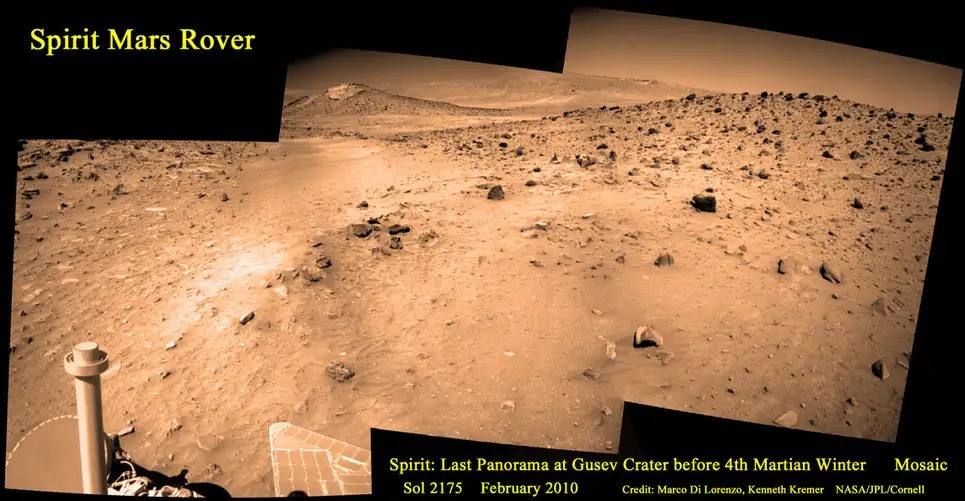
Everything that has a beginning also has an end. We are looking forward to the start of space missions with great impatience and feel the admiration of the spirit from receiving the first photos or telemetry. At the same time, we get upset when we receive the latest photos from missions approaching the final stage. Some missions are completed as planned, and the end of others is sudden, which only increases the upset. The Universe Space Tech created a selection of famous photos that were the last in various outstanding space missions completed in the last few years.
Interesting figure — 4 billion km
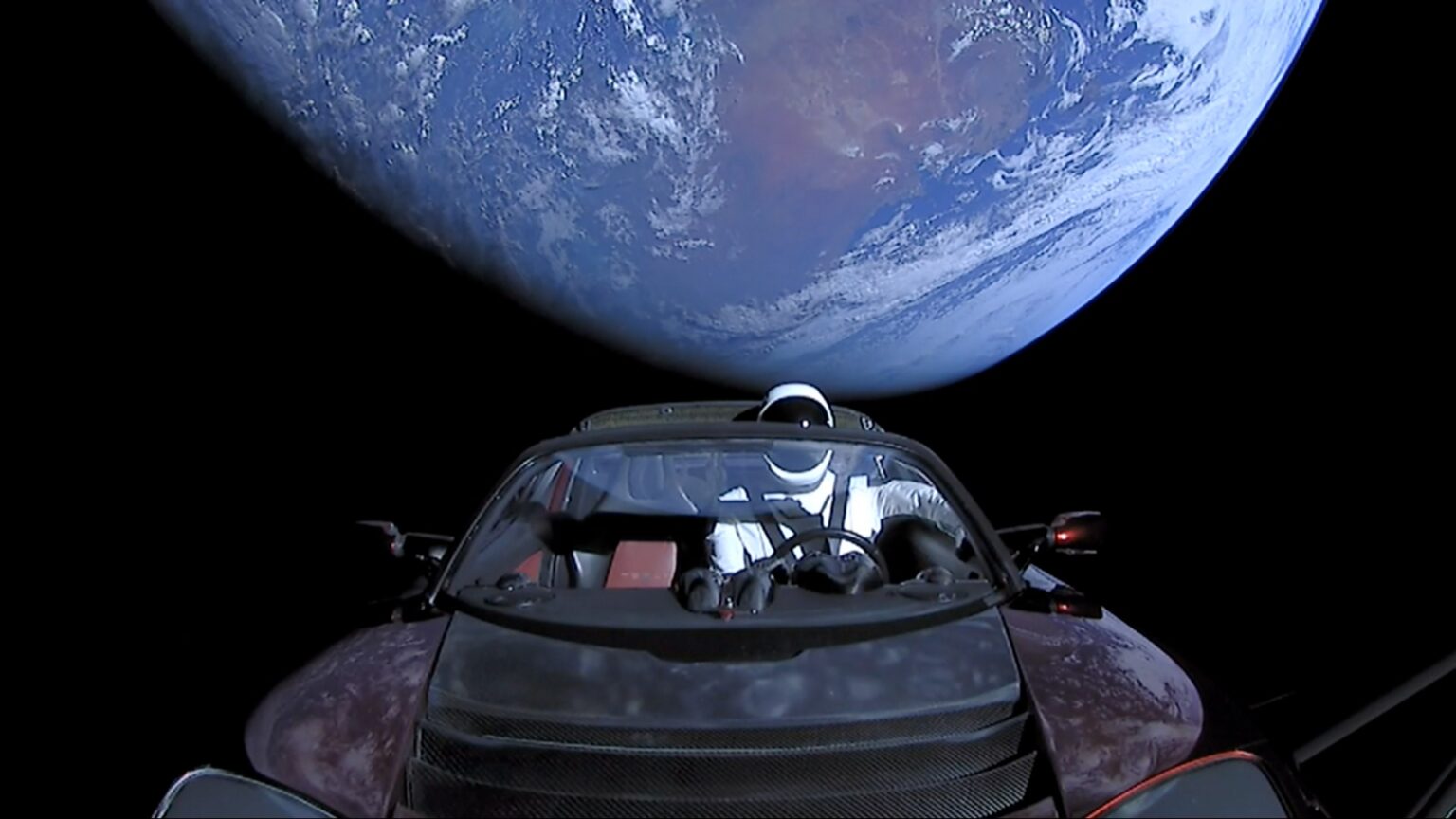
On February 7, the cherry-colored electric sports car Tesla Roadster officially stayed in space for exactly five years. According to the tracking website whereisroadster.com, the space Tesla made about 3.4 orbits of the Sun and was about 327 million kilometers from Earth. Over the past five years, the Tesla Roadster has traveled more than 4 billion kilometers. However, in 2020, the spacecraft for the first time approached Mars by a minimum distance, passing within 8 million km from the planet, or about 20 times the distance between the Earth and the Moon.
Something to read on the weekend

This week, a series of earthquakes occurred, which led to great destruction in Turkey and Syria. Such activity of the earth’s crust scared people all over the world and led to a wave of new manipulations about the extinction of our civilization. Therefore, the editors decide to tell what earthquakes are and whether they threaten Ukraine. In addition to the terrible events on February 7, NASA astronaut Heidemarie Stefanyshyn-Piper, who has Ukrainian roots, celebrated her 60th birthday. Commemorating this event, we have collected ten interesting facts from her biography.
Follow us on Twitter to get the most interesting space news in time
https://twitter.com/ust_magazine

